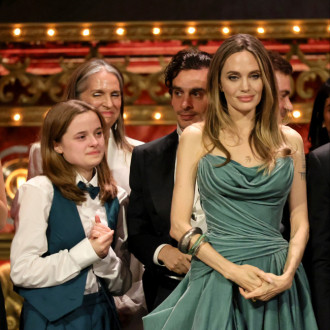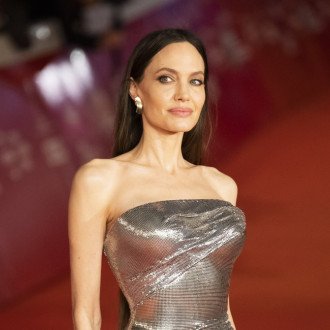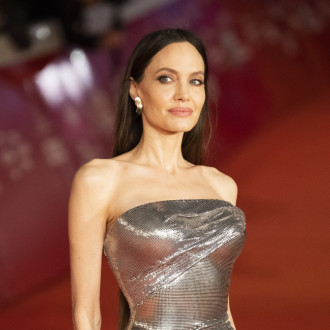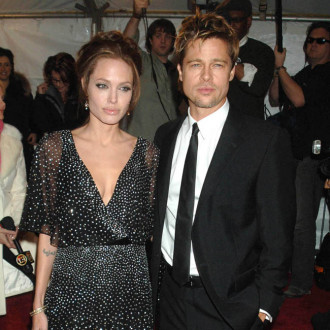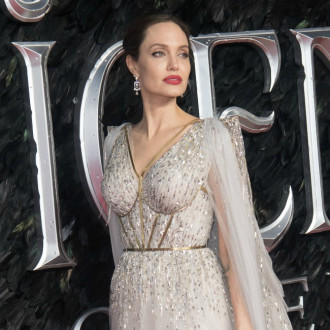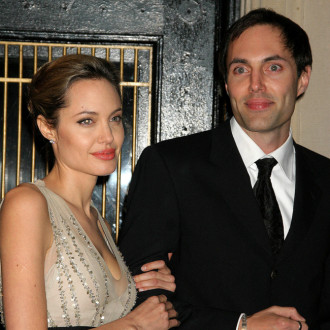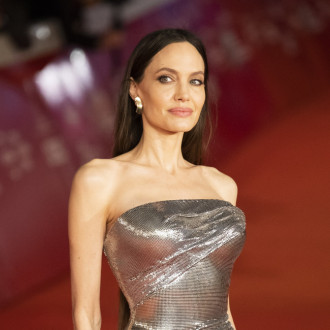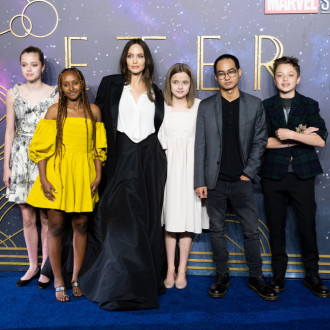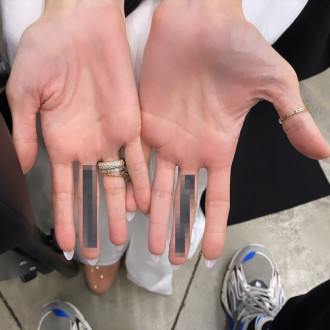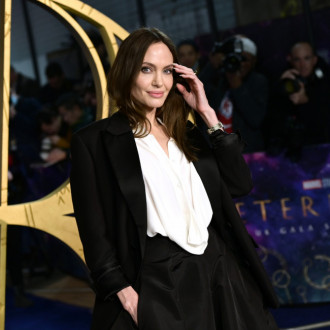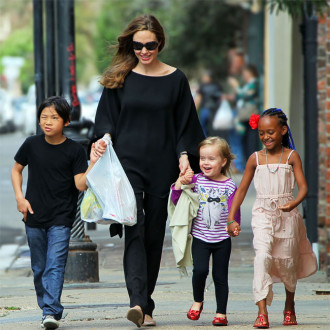Disney Revisit 'Maleficent', But Should It Leave Its Classic Characters Alone?
By Rich Cline in Movies / TV / Theatre on 30 May 2014
'Maleficent' is the latest repackaged Disney character.
With Tim Burton's Alice in Wonderland (2010), James Franco in Oz the Great and Powerful (2013) and now Angelina Jolie in Maleficent, Disney is clearly working to develop a new aesthetic for its fairytale franchises, blending live-action and digital animation in highly stylised settings.
 Angelina Jolie as 'Maleficent'
Angelina Jolie as 'Maleficent'
Some 75 years ago, Disney established the look of family movies, starting its series of animated classics with Snow White and the Seven Dwarfs in 1937. Along with films like Pinocchio (1940), Bambi (1942), Cinderella (1950), Alice in Wonderland (1951) and Sleeping Beauty (1959), these are considered classics of the genre. So it's no wonder Disney is working to re-establish itself at the leading edge of family filmmaking.
Yet while these new movies represent the pinnacle of production design and digital trickery, critics have noted some more cynical sides to them, including unnecessary 3D conversions that merely raise box office receipts without adding anything much to the imagery.
More: read our full review of 'Maleficent'
Even more troubling is the revisionist screenwriting, which actually subverts the classic fairytales to make movies that are more blockbuster in nature, adding massive action sequences while blurring character motivation. But audiences don't seem to mind the simplistic plotting and dialogue.
So there are already others in the pipeline, with next year's Cinderella now filming in Britain with Cate Blanchett and Helena Bonham Carter. After that, Johnny Depp's Mad Hatter will be back for Alice Through the Looking Glass. And can a new take on Snow White be far behind?
Contactmusic
Movies and Trailers
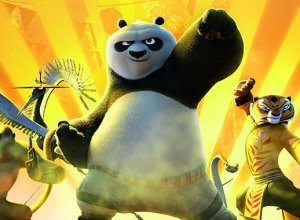
Kung Fu Panda 3 Movie Review
This animated trilogy concludes on a very high note with this smart, involving and often...
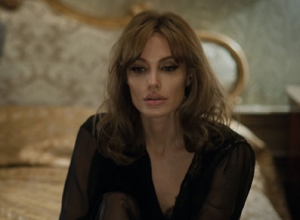
By the Sea Movie Review
For their first on-screen partnership since Mr & Mrs Smith a decade ago, Brad Pitt...
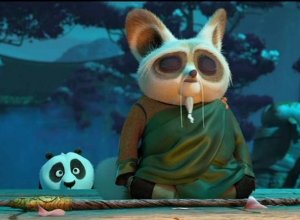
Kung Fu Panda 3 Trailer
Po and The Furious Five return in Kung Fu Panda 3! Po might now be...
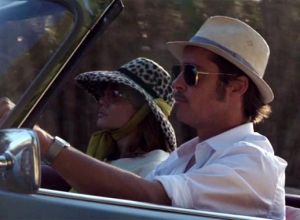
By The Sea - Gimme Shelter Featurette Trailer
Angelina Jolie and Brad Pitt talk about the unusual situation of playing a married couple...
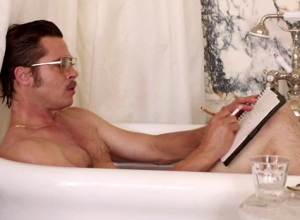
By The Sea - Teaser Trailer
It's the 1970s and Roland and Vanessa are an outwardly respectable married couple, struggling to...
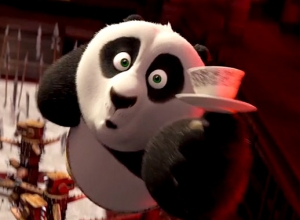
Kung-Fu Panda 3 - Teaser Trailer
Po the giant panda may be ever increasing his prowess at kung-fu, but he still...

Unbroken Movie Review
With a true story that's almost hard to believe, this inspiring biographical drama is made...
Advertisement

Unbroken Trailer
Louis Zamperini (Jack O'Connell) is a rebel. His constant fights and reckless behaviour cause more...
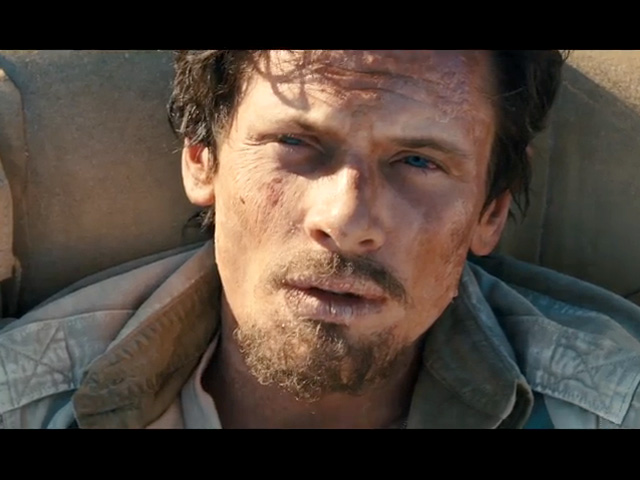
Unbroken Trailer
Louis Zamperini has learned to fight tooth and nail for what he believes in all...

Maleficent Movie Review
Disney rewrites its own history again with this revisionist version of its 1959 classic Sleeping...
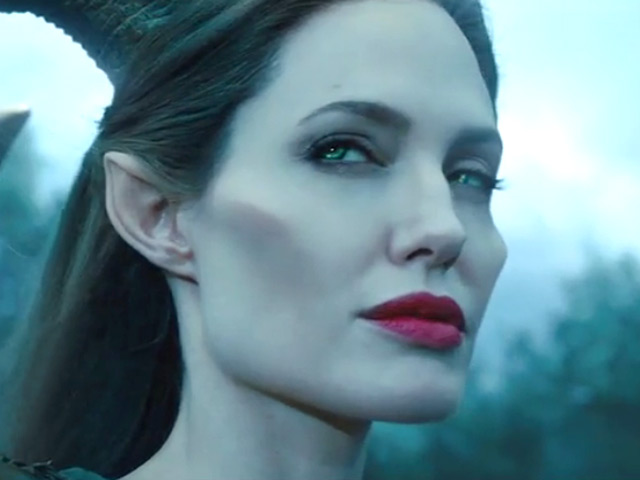
Maleficent Trailer
'Maleficent' stars Angelina Jolie and Elle Fanning talk about the upcoming fairytale movie alongside screenwriter...

Maleficent Trailer
Maleficent is a cruel sorceress who will stop at nothing to destroy those who have...
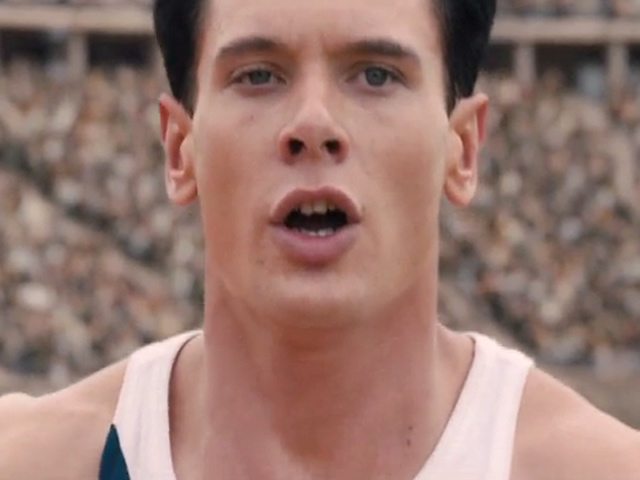
Unbroken Trailer
Louis Zamperini may have been a wayward child, constantly getting into trouble with the local...

Maleficent - Teaser Trailer Trailer
Maleficent is a merciless sorceress who dubs herself the 'Mistress of All Evil'. But she...
Advertisement
